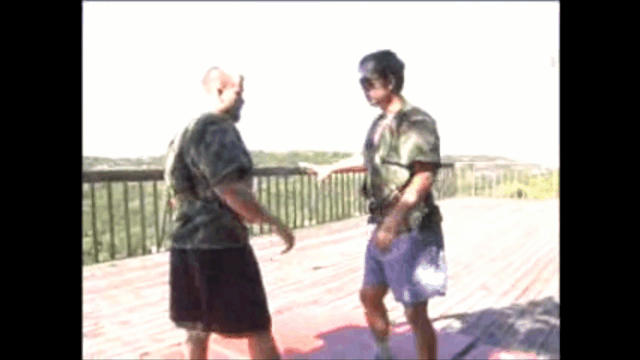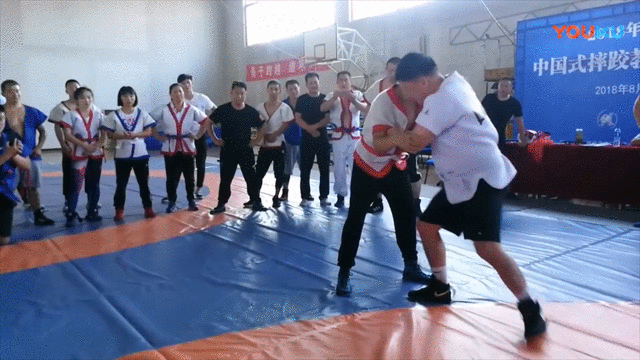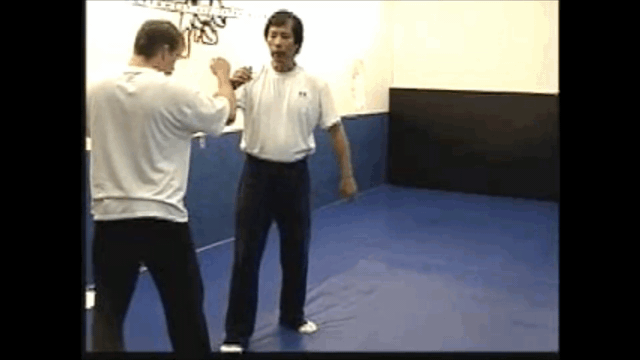skribs
Grandmaster
Do you do a side kick with the heel or with the blade of the foot?
Do you hook punch with a horizontal or vertical fist?
Do you punch straight or do you twist your fist over at the moment of impact?
For each of those questions, there are three possible answers: A, B, or "depends". In my opinion, all three answers are correct, depending on the fighter, the teacher, and the application.
It boils down to a couple of things: repetition and confidence. There are generally pros and cons to both approaches in one of these debates. There are targets or applications that favor one option over the other. So to say one is intrinsically correct or incorrect is inaccurate.
However, which one is "correct" may vary from school to school, or style to style. The version you've trained over and over again is generally going to be the better version of a technique. The version you have more confidence in is one you'll feel more comfortable using when you need to. Or, if you've had the time to train both and drill for when you'd use the different versions, then "depends on the situation" becomes the more correct answer. That doesn't mean it's the right answer to give to someone who hasn't had the time to train both.
Do you hook punch with a horizontal or vertical fist?
Do you punch straight or do you twist your fist over at the moment of impact?
For each of those questions, there are three possible answers: A, B, or "depends". In my opinion, all three answers are correct, depending on the fighter, the teacher, and the application.
It boils down to a couple of things: repetition and confidence. There are generally pros and cons to both approaches in one of these debates. There are targets or applications that favor one option over the other. So to say one is intrinsically correct or incorrect is inaccurate.
However, which one is "correct" may vary from school to school, or style to style. The version you've trained over and over again is generally going to be the better version of a technique. The version you have more confidence in is one you'll feel more comfortable using when you need to. Or, if you've had the time to train both and drill for when you'd use the different versions, then "depends on the situation" becomes the more correct answer. That doesn't mean it's the right answer to give to someone who hasn't had the time to train both.




